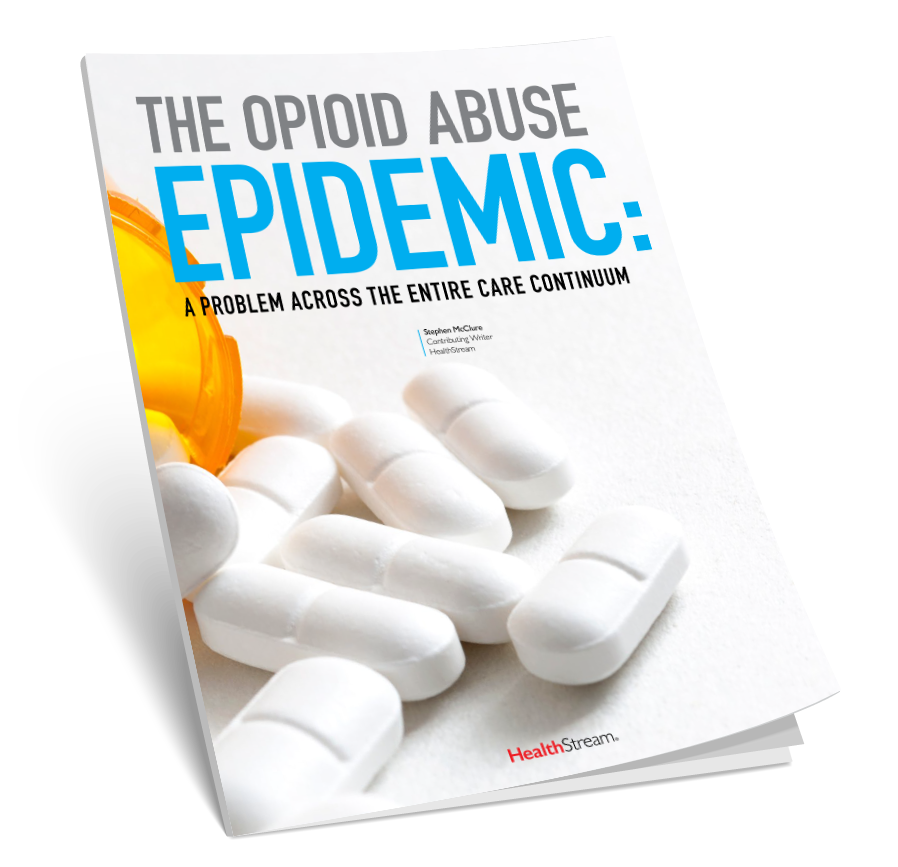The Opioid Abuse Epidemic:
A Problem Across The Entire Care Continuum
Did you know that every day more than 130 people in the United States die from overdosing on opioids? Many factors have intersected to drive the rate and reach of the opioid epidemic. Prescribing practices have played a substantial role, but those practices have been shaped in turn by circumstances ranging from medical issues—increases in chronic diseases, new surgical interventions, and professional calls for better pain management.
This epidemic of abuse with significant human cost is a serious national crisis with an impact on the physical, mental, and economic health of the country. In this article, we explore the cost of the crisis and how environments across the entire care continuum are taking the necessary steps to combat this epidemic.
Additional Resources

ARTICLE
10 Healthcare Trends
While the move to value-based care has been a top priority in recent years, governmental uncertainty and a slowing of the bundled payment initiative had made this a lower priority, at least for now, as healthcare executives look to the future. Instead, a greater focus on population health management is emerging.

INFOGRAPHIC
Better Prepared Staff
Giving students control over the learning process can lead to a 60% faster learning curve. Adaptive learning can increase retention rates from 70-80%. A competency-based progression places focus on the students ability to demonstrate mastery of a topic.

BLOG
Compliance Trends
Healthcare is spending a lot of time thinking about ways to strengthen the regulation of opioids. A team of content experts from HCCS, A HealthStream Company, recently attended the Health Care Compliance Association’s 2018 Enforcement Conference, where some sessions focused on measures to combat the opioid crisis.

ARTICLE
Chronic Disease Treatment
From diabetes, depression, COPD, hypertension and more, chronic conditions affect the entire care continuum, and proper management of these serious, often under estimated, disorders should play a vital role in any population health management effort.

